A wonderful journey from Leh to Manali trekking across Ladakh and Zanskar. The complete traverse of Ladakh and Zanskar from the remote city of Leh southwards to Manali in the Kulu valley of Lahaul is surely one of the superb treks in the Ladakh Region called as ‘Little Tibet’ Ladakh offers a microcosm of the ancient culture and traditions of its northern neighbour.
After arriving Delhi into the Capital of India we take the exciting mountain flight from Delhi to Leh the Capital of Ladakah, at 3500metres high .After the two days of acclimatization in the Indus Valley visiting some of the gompas and ancient hill forts which abound in this region. The British East India Company arrived here as early as 1822 but one gets the feeling that life has changed very little since the age when caravans of traders traveled between India and Central Asia heading for the Silk Route.
From Leh we drive along one of the world’s highest mountain roads to Lamayuru where we begin our trek. Beyond lies the remote Kingdom of Zanskar and its ancient capital of Padum. Between them we must trek for 10 days through spectacular narrow gorges, over high passes and negotiate exciting river crossings. The stark scenery of the Ladakhi mountains is complemented by the green irrigated fields of its villages and the colourful Buddhist gompas built into the steep hillsides.
Padum is linked to the outside world by a rough road which is usually passable in the summer months, enabling us to re-supply at this halfway point in the trek. From here we walk for nine more days following the Tsarap River through the rugged Zanskar mountains. Zanskar has been called the ‘Last Place on Earth’ because of its almost total isolation from the outside world, and we will be able to experience its unique solitude. Eventually we reach Manali in the beautiful Kulu valley. This town is one of the last bastions of the Indian hippy trail of the 1960’s and a few curious remnants of that era still remain. We can enjoy some of its exotic charms before the drive back to Delhi and our homeward flight.


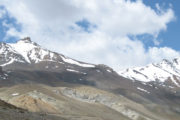
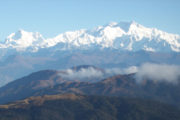
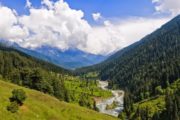
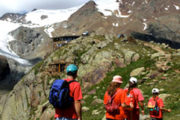
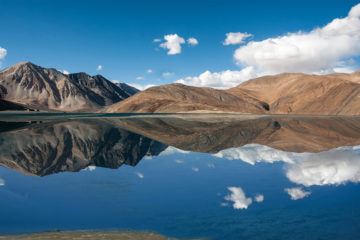
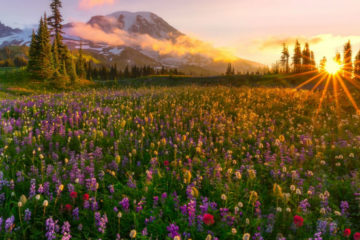
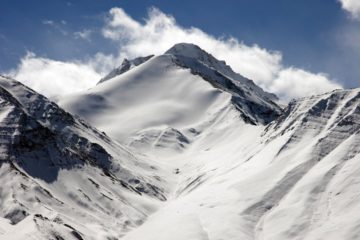
Tour Reviews
There are no reviews yet.
Leave a Review